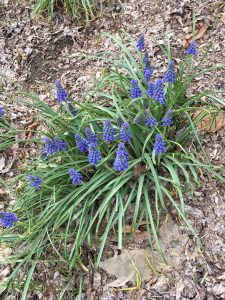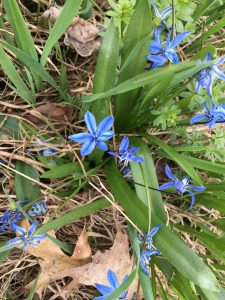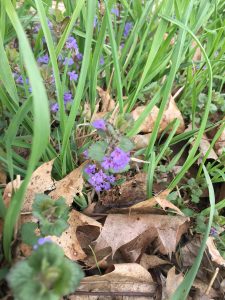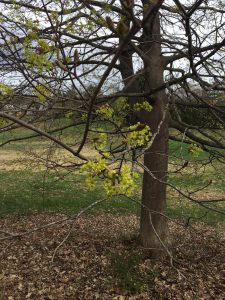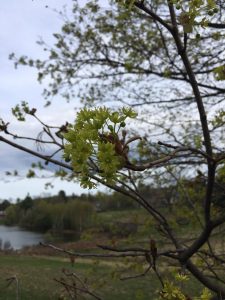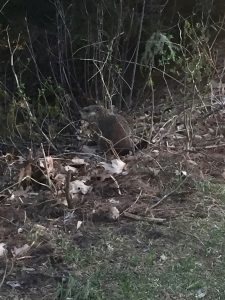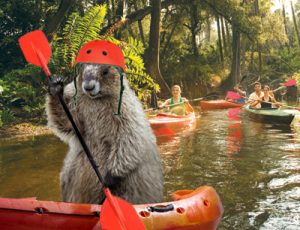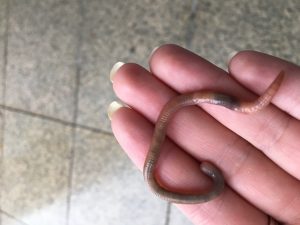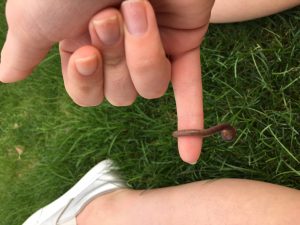Attention esteemed fellow nature enthusiasts:
As I was traipsing through our beloved BEMA, I came across the presence of an egregious amount of what appeared to be single leaves sprouting from the earth. Their leaves were rounded with clean, vertical striations, and some had small flower buds consisting of small, vertically oriented bulbs, not unlike hyacinths. They were growing nearly everywhere on the hillside where I was, and had at most two semi-curved leaves reaching for the sky.
I was dazed, confused, and simply surrounded. Due to the sheer number of these plants, I hypothesized that they grew like mint plants do, with a complex root system that attaches multiple plants together, allowing new plants to easily sprout. However, with the assistance of more intrusive investigative methods, I was wrong. After uprooting one of the plants, I discovered that the root system was at least three times as long as the plant itself, but had no other plants sprouting from it. Rather, the pale roots had many junctures with short offshoots, presumably to increase its stability or water/nutrient intake. The thin, spindly, selfish roots were seemingly never-ending. Since they were growing in acidic soil due to the presence of decomposing pine needles, I believe the use of such a complex root system serves to allow the plant to obtain additional nutrients far underground from where it sprouts.
Of course, I, like any aspiring botanist, still had not identified the plant that seemed to have invaded the park and wanted to determine its species. After consulting field guides (with the help of our professor), it was revealed to be a wild lily-of-the-valley, a highly poisonous flowering plant found in many gardens and bouquets alike.
So, when wandering through the woods (or through your backyard, kitchen, or local florist establishment) and in need of a snack, do not turn to these mysterious leaves.
This Public Safety Announcement was brought to you by Anne.


